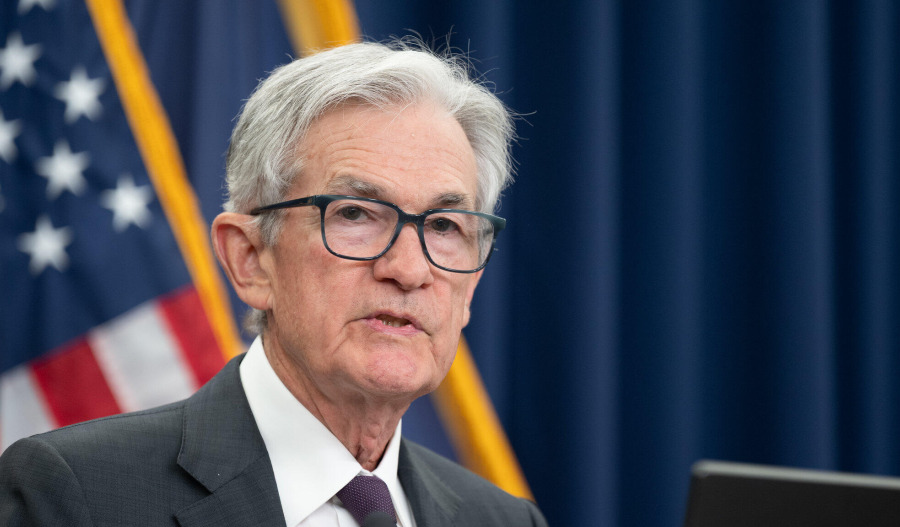United States benchmarks closed lower on Thursday (Friday AEDT) as renewed fears over bad loans in the banking sector triggered a sharp sell-off.
The retreat came as investors contended with ongoing trade tensions and a prolonged U.S. government shutdown that added to uncertainty.
The Dow Jones Industrial Average fell 301.1 points, or 0.7%, to close at 45,952.3. The S&P 500 dropped 42 points, or 0.6%, to 6,629.1, while the Nasdaq Composite declined 107.5 points, or 0.5%, to 22,562.5.
Regional banks led the downturn after renewed concerns about credit quality surfaced.
Zions Bancorporation plunged 13% after revealing it had taken a substantial charge linked to bad loans to several borrowers.
Western Alliance slid 11% after alleging that one of its borrowers had committed fraud, compounding fears of broader credit risks across the sector.
The banking industry has been on edge following the bankruptcies of two auto industry-related firms, which have heightened scrutiny of loose lending standards, particularly in the private credit market.
Jefferies, which has exposure to First Brands, also shed 10% on Thursday, deepening its monthly losses to 25%.
Outside the banking sector, Hewlett Packard Enterprise tumbled 10% after issuing profit and revenue guidance below Wall Street expectations.
The sell-off coincided with a spike in market volatility, as the Cboe Volatility Index (VIX) surged to its highest level since May.
On the economic front, data showed the Philadelphia Fed Business Index for October unexpectedly fell 12.8 points, sharply missing forecasts for an 8.5-point gain, suggesting weakening business sentiment.
Meanwhile, monetary policy expectations continued to shift as ANZ analysts noted, "Fed Governor Waller signalled the FOMC is on track to cut 25bp in October, citing downside labour market risks, though struck a more cautious tone on the outlook further ahead, noting the need to reconcile solid economic growth with a softening labour market.
“Governor Miran, the sole FOMC member to vote for a 50bp cut in September, stated he favours a 50bp reduction at October’s meeting, highlighting that the increased downside risks to the economy from uncertainty that has emerged in the last few weeks increases the urgency to withdraw monetary restriction.”
On the bond markets, yields retreated as investors sought safety. The 10-year Treasury yield dropped 1.3% to 3.975%, while the 2-year yield fell 2.1% to 3.422%.



